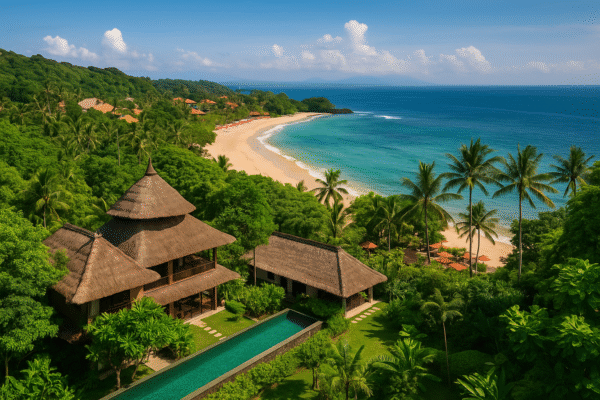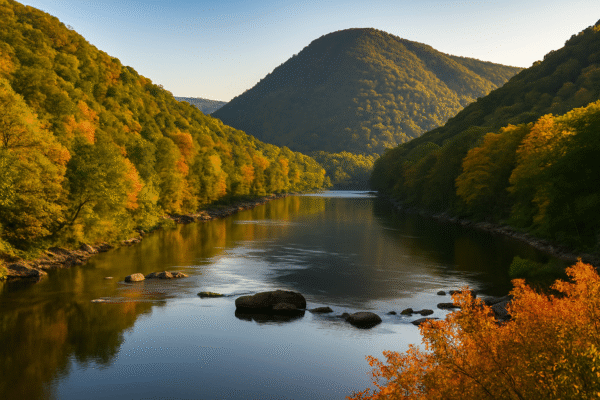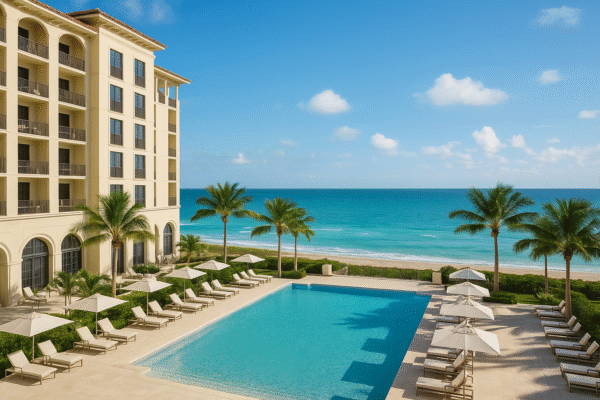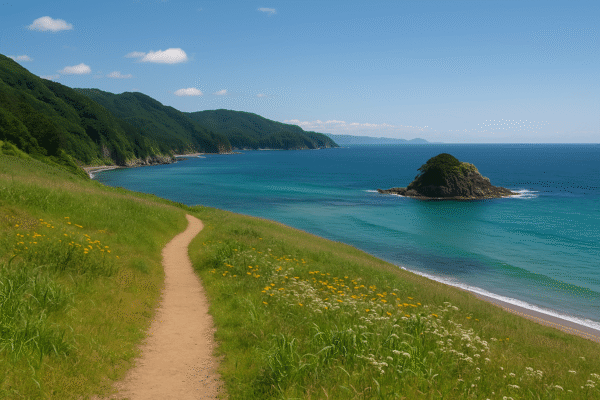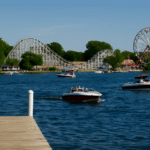The Michinoku Coastal Trail is Japan’s most ambitious long-distance hiking route, spanning more than 1,000 kilometers along the Pacific coastline of the Tohoku region. This remarkable path connects Hachinohe in Aomori Prefecture to Soma in Fukushima Prefecture, weaving through four prefectures and 28 municipalities. It offers travelers a rare chance to immerse themselves in rugged seascapes, peaceful fishing communities, and rich cultural traditions that remain largely untouched by mass tourism.
Conceived as part of a large-scale recovery initiative after the devastating 2011 earthquake and tsunami, the Michinoku Coastal Trail was officially completed in 2019. It stands as a living testament to resilience, honoring both the natural environment and the human spirit. Its creation was guided by a philosophy that blends environmental preservation with community engagement, encouraging travelers to interact respectfully with the landscapes and people along the way.
The trail’s terrain is diverse, ranging from grassy coastal plateaus to steep forested paths and sandy beaches. Hikers will encounter dramatic cliffs, serene pine groves, and salt-kissed winds sweeping in from the Pacific. Some stretches pass through memorial parks dedicated to the events of 2011, offering moments of reflection amidst the beauty.
Completing the entire trail is an achievement requiring about 50 days, but it is equally welcoming to those seeking shorter segments. Clearly marked sections make it easy for visitors to choose routes suited to their ability, whether a gentle day walk along a wildflower-lined coast or a multi-day trek through rugged headlands. Six main information centers along the route—such as the Natori Trail Center—provide maps, local guidance, and cultural insights to enhance the journey.
One of the most celebrated areas is the Tanesashi Coast, near the northern trailhead in Aomori Prefecture. Here, rolling green meadows meet the sea, rare singing sand beaches hum underfoot, and seasonal blooms paint the landscape in vibrant colors. In contrast, the southern sections toward Fukushima offer long, windswept stretches of shore where the horizon seems endless.
Along the trail, hikers are invited to experience the warmth of Tohoku’s hospitality. Small inns, guesthouses, and local eateries provide not only rest but also a taste of regional cuisine, from freshly caught seafood to hearty countryside dishes. The people of Tohoku are known for their friendliness, often eager to share stories of the land and their efforts to rebuild after disaster.
Japan’s broader tourism growth has played a role in bringing attention to the Michinoku Coastal Trail. In recent years, the country has welcomed record numbers of visitors, with increasing interest in experiences beyond the crowded cultural centers of Tokyo, Kyoto, and Osaka. The trail appeals to those seeking an alternative—a slower, more immersive way to explore Japan’s heritage and landscapes.
The route also complements Japan’s long-standing tradition of “cultural walking,” seen in historical paths such as the Nakasendo, the Kumano Kodo, and the Ohenro-san pilgrimage on Shikoku Island. While these older routes are steeped in centuries of spiritual and historical significance, the Michinoku Coastal Trail represents a new chapter—born from recent history, shaped by nature’s force, and crafted to carry stories forward.
Practical preparation is essential for anyone planning to hike the trail. Weather conditions along the coast can change quickly, with cool sea breezes in spring and autumn, intense summer sun, and occasional winter snowfall in northern sections. Packing appropriate gear, carrying enough water, and checking local advisories are important for safety. While many areas now feature improved signage in multiple languages, some rural stretches may have limited English support, so a translation app or phrasebook can be useful.
The Michinoku Coastal Trail is more than a line on a map—it is an invitation to walk with purpose. It asks travelers to appreciate not just the panoramic ocean views but also the quiet resilience of communities that have rebuilt with care and respect for the land. Whether you hike for a day or journey for weeks, the trail offers a rare blend of natural beauty, cultural depth, and personal connection.
In choosing the Michinoku Coastal Trail, visitors do more than explore—they become part of an ongoing story of recovery, preservation, and discovery along Japan’s unforgettable Pacific coast.
For more travel news like this, keep reading Global Travel Wire

